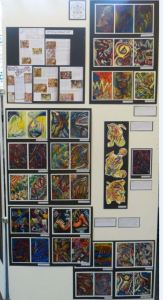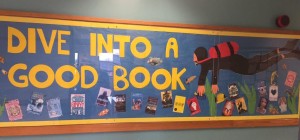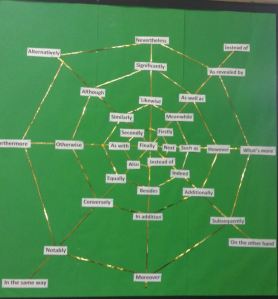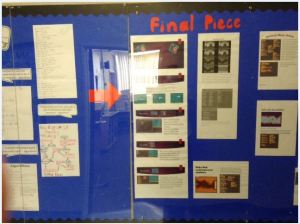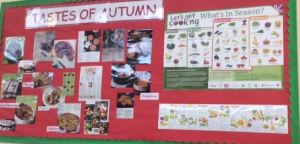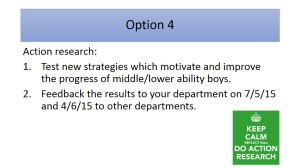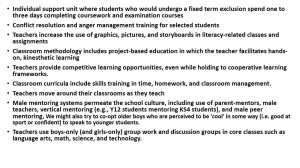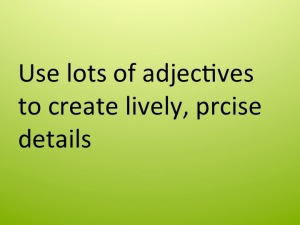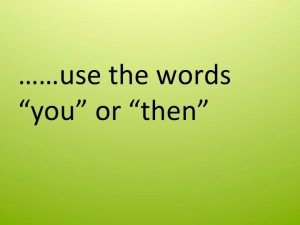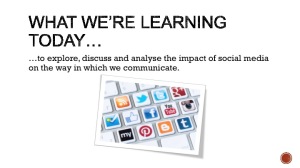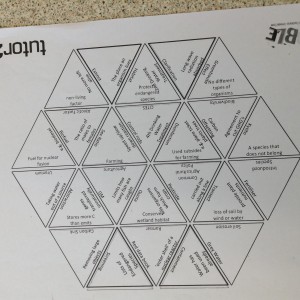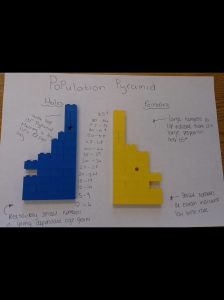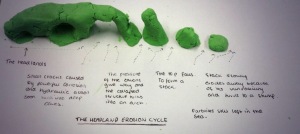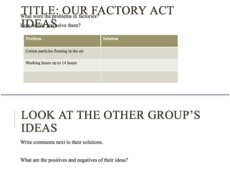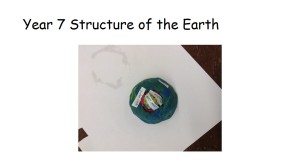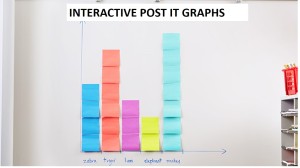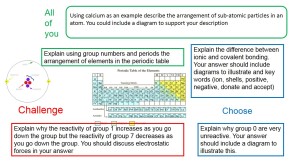


Despite a long and tiring Autumn term the staff at Upton displayed true grit to share their ideas/strategies/lessons to increase progress.

Starter Scrabble – Karen Mitchell
Year 10: The Coastal Zone
Used as a starter exercise, this worked as it quickly engaged students and boys in particular liked the competitive edge. The starter lead to discussion of different types of coastal erosion as these processes and associated landforms were amongst the keywords suggested.
A fun, engaging starter this could be used in any curriculum area!

Who would you choose? Hot air balloon scenario – Rebecca Benson

Unit work lists – Tracy French
Minimum work lists PLCs. These run alongside the PowerPoint to allow the students to work at their own pace within reason. They are also given deadlines by which to reach key points. Individual conversations take place about work, quality and extended learning. Targets are set and a checklist is also key but the teacher.
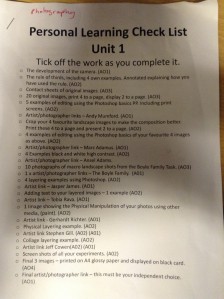
Mindset and Visualisation strategy – Paul Medland

The name game – Esther Bradbury
The Name Game
1. Type your class names (one per slide – just type over my class names)
2. Play PPT
3. Names randomly change
4. Ask the class a question
5. Press mouse to randomly stop on a pupils name
benefits – prevents the ‘eager child’ answering all the questions all students have to think of the answer (in case it lands on them) – they cannot be passive!
Once the question has been answered – start the PPT again – let that student shout “stop” (they love trying to land it on their friends). See the example below.
10Ya1a
Top trumps – Martin Bell
Each student, uses their iPad, to find information on 4 elements. Cut out cards and get together with 4 students who have made different cards to play top trumps.
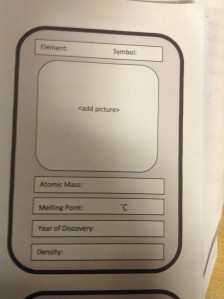
Exam question rotation – Elinor Suter
Students complete one section of an exam question that requires multiple reasons/ causes in the answer. After 2 mins they pass their sheet one to the next student. All students have the same question. On the second rotation students can add a new point (it can’t be one they’ve made previously) or develop/correct/ improve the previous one. Do a further two rotations. Then peer assess using a mark scheme. Hall of fame at end.
Good for starter or plenary. Works well with groups that “don’t like writing” or need more explanation and specifics in their work.
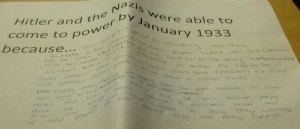
Plugging your knowledge – Andrea Vianello
A plenary activity to sum up students learning.

Test/topic/exam review sheet – Alison McLean
This is a simple editable sheet to review performance in tests etc that students can use to review own performance. Understand what they lost marks for and set own targets for how they can improve. it can then be kept in their books or file.


Reaching spaghetti Bolognese – Simon O’Donnell
It is intended to help students internalize the A2 level mark scheme in Sociology and differentiate between evidence in their answers which is basic, reasonable and effective and how to move their work onto the next level.

Click to download word document:Sociology Bring and Brag – 16-12-15
In a galaxy… Sarah Johns
In a galaxy (C2) far, far away from E Block, Mrs Johns wants her students to improve their essay vocabulary using….Star Words. Click below to download.
In a Galaxy (C2) far, far away
SEN monthly spelling sheets and winter DIRT sheet – Anne-Marie Farnin
Examples of spelling sheets that staff could use alongside the new literacy target stickers in January. Also attached is a copy of the winter DIRT sheet that my students will complete in January.My January Spellings My November & December Spellings My September & October Spellings 9X My Winter Term DIRT

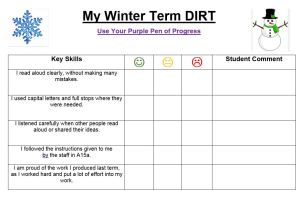
Taboo – Karen Smale
Key Word TABOO. A series of cards for each GCSE unit whereby a Keyword is on the top of the card and there is a list of 6 words underneath which cannot be said. The aim is to get your partner to give you the key word and definition on the card without speaking any of the words on the card. The game is played under timed conditions and the class is spilt into groups at the beginning of each unit bringing a competitive element. This was very popular with middle boys last year. One target grade D boy gained an A grade in his exam due to competitive games like this and wanting to finish top of the league!

You say we pay – Helen Quinn
Used to consolidate and assess learning in a lesson.
I split the class into teams and when we play the game each side decides on a volunteer to come to the front, facing the class so they can’t see the board (one team at a time). A key term, study, psychologist or picture is put on the board (this can be done by the teacher or a member of another team) and the team members have to help their team member in the ‘hot seat’ correctly identify what is on the board.
There are many variations of this. Sometimes, I go in the ‘hot seat’. This works particularly well as the students pick the hardest and most obscure parts of the topic to try and catch me out, however this forces them to think about how they can explain whatever it is without actually saying it.
english_starter_-_you_say_we_pay_2Animal rhythms – Gillian Stevenson
My idea is to have a grid with pictures of lots a of different animals on and a square that says ‘start.’ There will be four different rhythms written on the board which each represent a particular direction (up, down, left and right). All pupils begin at the start, the teacher plays the various different rhythms on a percussion instrument and pupils have to correctly identify which direction to move in until they finish on a specific animal chosen by the teacher.


Dice game – Emma Summers
My idea was a picture dice game. Students write an explanation in the boxes on the sheet (there are 10 on mine because it is a 10 sided dice template) then they draw something to illustrate the points on the cut out template. The students then play a game where they guess each others illustrations. This aids progress as students are revisiting the information three times at least. Click on this link to download. features of an NDE Fenwick picture dice

Loop Cards – Bryn Jones
The pupil with the start card begins and reads out their calculation or question. The other pupils all check their cards and if they have the answer they say what it is and then read their calculation or question. This continues in a loop until you reach the person with the end card. A great activity to ask the pupils to create their own set for the class to use. My class responded really well to timing the loop and then repeating over several lessons to see if they could beat their time.

What you should know – Jackie Wragg
My questioning method allows me to highlight misconceptions and gives students who are less confident in seeking help an opportunity to do so with peers.
At the end of a section of learning (end of lesson or mid lesson depending on the amount of content covered) I show students a “what you should know” or “what you should be able to do” slide normally with 5 questions.
Students are then given the opportunity to say if there is anything there they are not comfortable with. They then spend 5 minutes in pairs quizzing each other and answering all the questions. This encourages more able to help less able and for all to be clear. Then I grill them and I can put anyone on the spot to answer because they have had several opportunities to seek help.
Cards and countdown – Emma Melville
These were created to focus and speed up the development of ideas on students’ design sheets. Put upside down on the table or chosen from the pack like with playing cards, students use one card at a time and have a set time to complete their new idea. In the example students were given two and a half minutes for each iteration. The pic below took a student two lessons

And using the cards the pic below was done in under 15mins
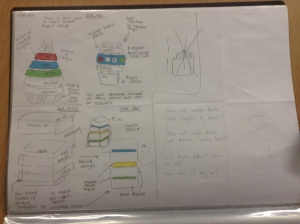
Even the weaker students said they enjoyed this process as they didn’t have time to waste! And had to focus on something specific. More work/less time = quicker progress.
Quizlet – MFL
Quizlet.com website allows you to upload vocabulary lists which the students can use to revise. Either using the website or downloading the app, there are a variety of fun learning games and self paced tests that they can use to learn key vocabulary or key terms. The app can be downloaded on tablets or mobile phones. All our students across all 3 key stages use this app as we have created vocabulary lists for every topic in every year for all our students and it is fully integrated into schemes of work. The students can hear the words spoken to assist their pronunciation or select the key words they need to focus on learning to create their own tests of specific vocabulary. Students find this app engaging and we have found that it has had a positive effect on their progress. The app works offline so once downloaded, students can learn their vocabulary wherever they are!

Smart cards – Clare Thompson
These are used for key words. The students and/ or the teacher input the words into the app and their definitions. You then test yourself on them at random and rate how well you know the definition.


Marketplace – Nick Waite
he marketplace activity works as follows:
– Class is split into groups and each group recieves a source, or piece of information.
– Each group then needs to create a poster about the information they have been given but they can only use 10 words. They can however, use as many numbers, images, graphs, maps, initials, etc. as they want.
– When the posters have been made pupils nominate one member of their group to be the ‘seller’.
– The other members of the group go round to the other group whilst the ‘seller’ informs other pupils about their designated source.
– The other group members return to their ‘seller’ and relay to them the information they have obtained.
– Teacher then quizzes all of the groups (at first pupils work alone, then in their groups) on the information they have just learnt about. The idea is that all pupils should get close to 100% on the quiz due to the collaborative element of the activity.
The sources can obviously be differentiated depending on the class’ ability. Activity can be done in one lesson, but works best over two as pupils have more time to disseminate the information to create a more useful poster in the first place.
I’ve also attached a brief screenshot of a PowerPoint for an Of Mice and Men marketplace and one of the sources that would be used.
Progress ladder – Emma Stanley
I have attached the progress ladder in Computer Science for Year 7. Student’s use this to track their progress through the topics in Computer Science. This progress ladder is in language that the students understand and is linked to the learning objectives on the lesson PowerPoint’s.

Adornment – Alison Thompson
This work was completed with year 10 Art Textiles. We started the project with Architecture as a topic and the class drew blocks around the school and went into Chester for homework and drew.The focus being seeing the shapes within the architecture. We then looked at Sarah Morris and designers such as Alexander McQueen and the historical influence of ladies undergarments such as bustles,crinolines and corsetry. Then in one lesson I gave them staplers,scissors,tape, a mannequin and strips of card and asked them to think of their shapes they had drawn,Sarah Morris work and the historical undergarments and for them to create a 3D piece of body adornment. There was not a squeek from them and they created and then they peer assessed their in the lesson.The results I think are superb and they all made progress as they were producing a wearable mock up of adornment which brought all of their drawings and research together under a 40 mins time frame. This would work well in maybe a science lesson looking at loads or structures. It would be effective in DT bridges or maths even. We then drew them and added bleach and then made them into fabric prints on the dye sublimation printer.They have now developed them into final pieces from bendable wood,recycled sari, more card etc.
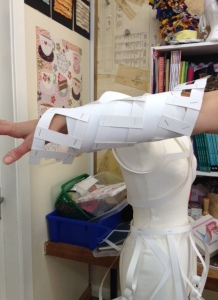
![image[1]](https://uptonteep.files.wordpress.com/2016/01/image1.jpeg?w=218)
![image[2]](https://uptonteep.files.wordpress.com/2016/01/image2.jpeg?w=240)
Peer-assessment speaking frame – Chloe Brown
It speaks for itself!

Human Paper Chain – Hannah Clarkson
Each student is given a word, this can be any character/scholar/sociologist/psychologist/movement/key term (you get the gist), one student explains theirs. It is then the job of another student to try to link or contrast their word with the first person. If their answer is correct they can link with the person. Like dominoes the next person can link with either side of the chain. The point is for everyone in the class to be linked by the end of the task – forming a human paper chain.

Selfie Slip – Sam Downs
GCSE Dance:
In one of my units, 5 marks are awarded for the students ability to evaluate their work as they go along and make changes from feedback. So to encourage self evaluation (as they are not very good at doing this on practical choreography work) before a student can say they have finished each part of their motif creation they have to take a ‘selfie‘ before they can show me.
So from videoing their choreography they have to do the following and write it on the ‘selfie slip’•Show- another pupil to get feedback from them.
•Emphasis- make sure you have used projection and focus throughout. Can you pick out 3 times minimum you apply this?
•Levels- have you used different levels/pathways etc?
•Find- can you find 1 more way to develop the motif?
•Include- a variety of contrasting dynamics
•Explain- can you explain why you have chosen the ASDR to justify your stimulusThey must complete the slip and adjust their choreographies appropriately before they show me. They then write their ‘selfie’ notes and changes they made in their choreography diaries and say how they could improve even further. This show they have been critical about their work and made adjustment where appropriate.
Vocabulary relay race – Alice Newbury
A vocabulary race which pupils complete in pairs. I give them a word that A must look up (in a dictionary for English) and B writes down the word plus the definition. B brings the definition to me and I give the next word. A and B swap roles each time. The words are either words that will be read during the lesson or words that they will go on to use in their writing.
It’s good for progression and middle ability boys – the students get quite competitive and their vocabulary increases. Also, it’s simple to adapt to other subjects and improve Literacy in specialist areas.
STALL – Scott Wearden
Student Topic Assessment Learning List.
1. Ask the students to self assess their current knowledge levels in the different topics (in this case chapters of the text book) by scoring themselves out of 5.
2. Give them some guidance as to what each number might mean and ask them to make a list of scores on paper.
3. As they do this check their responses and question their choices if appropriate to keep it realistic. Ask them to be more specific about why for their lowest scores.
4. Enter their scores onto a spreadsheet as seen on the screenshot and colour-code the lowest scores. It takes less time than you think.
5. Identify the areas of concern as a class, and for individuals to inform future planning for revision tasks in lessons, homework and individual revision tasks.

Blog posts ,DIRT and cookies with binary in Minecraft- Amy Welsh
Students use blog posts to store their work – no more printing. Then they sue DIRT to improve the quality of their work and increase progress.

Y12 were given a cookie with binary on it, they had to decode this and then program it to display in Minecraft.




Dingbats – Kelly Spencer
This is a say what you see task ( a bit like catchphrase)! I have used this as a starter to introduce key words. It can also be used as a plenary to check the understanding of of definitions of key tasks. Pupils can also design some of their own.

I challenge – Keryl Woodward
I Challenge’ game for starter or plenary. Students list as many keywords/labels etc. Each student bids how many they can name. The highest bid is challenged. I challenge

Medal challenge competition for writing – Charlotte Burgess
The students are required to work towards a specific medal, after reading the criteria listed. They may also then choose to accept the ‘platinum challenge’ which is placed on their tables in an envelope. Students are told that once they open the envelope, they must accept at least one of the challenges listed (e.g. can you use a metaphor in your writing?). This encourages students who are only going to work towards the bronze medal to aim for the higher end; therefore improving their mark from a 5c to a 5a. Usually, by placing the medal criteria up, as opposed to simply levels, the students all at least attempt to reach the gold medal. Students then peer-assess and award each other a medal.
Bring and Brag – Medal Criteria for writingBob up – Annette Evans
‘Bob Up’ – A student will Bob Up and down quickly in their seat
This can be used anywhere in the lesson.
If they don’t know the game you can start with Bob up if you’re a boy/girl/have brown hair etc.,
- To ascertain current knowledge, EG Starting a new topic
Today we are learning about Input and Output devices, Bob up if a scanner is an Output device.
This gives a good visual indication of where each student in the class are at, at the beginning of a topic
- To Gauge content learnt during a lesson, plenary
- To wake students up or refocus, during a lesson
Once Bobbed Up a student then further share their knowledge.
Explain everything homework aid – Amy Breen
A short video example with a voice over to aid a long division homework. This was made on Explain Everything and uploaded to Showbie for the students to access at home.


Three word definition – Alastair Petty
The three word definition. It is like Ronseal, it does exactly what it says on the tin.
Tarsia – Sonya Christianson
Tarsia jigsaw is a way to check students knowledge by solving a puzzle, involving triominoes and is a good group or pair activity.

Picture Association – Sarah Green
A PowerPoint screen which reveals part of a picture at a time so that students can answer questions about the topic to reveal an amusing photograph underneath. Used for middle ability boys as a plenary.Reveal the picture starter – plenary all keystages

Creating booklets for G&T and SEN – Emma Baker
Year 7 designed booklets for either G&T or SEN year 6 students. They included activities, key information, key words etc

Back to back – Matt Rutter
Students sit back to back and one student describes a diagram, cycle (eg carbon cycle) to the other student. They have to draw it based on the description. They then compare. It tests descriptive skills, communication etc.

Swap Cards – Kate Wilson
Swap cards – used for a range of topics. Pupils are each given a card with a question on, they work it out in their books and then find someone with a card which they have not completed and swap with them until they have completed all questions or the activity comes to an end. Cards are differentiated with some pupils told to concentrate on a certain colour first to build confidence, and some told to ensure they progress onto the more challenging questions.

Card Sort – Emma Morrow
A card sort, with pictures, that helps GCSE students compose questions to longer answer questions, and helps them use the correct key terms (which they often mix up!)
Key words and missing vowels – Steve Mulhall
A starter involving key words with missing vowels. Good for literacy, for reinforcing key words and as an engaging starter activity. key words without vowels edward Interpretations sources Y9
Independent learning tasks – George Owen
Cutting and gluing independent learning task for the skill related components of fitness in GCSE PE.
Showbie, examples of rotational symmetry at home – John Biard
Students were asked to take photographs of 5 objects at home which show rational symmetry. They then had to post them on showbie with an explanation of what they show. Mr Biard then gave feedback on the quality of their explanation.
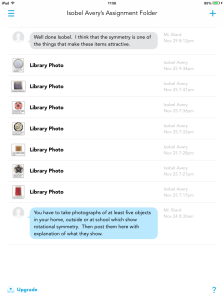
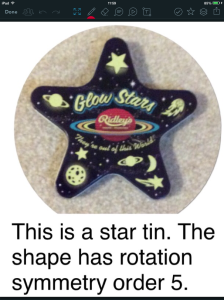










Pic Collage slogans for a Christmas advert – Claire Owen
Description of task:
Use pic collage to create a visual mind map of ideas for an advert. Then use imovie to make the advert. Show to class with apple TV and vote for best advert.
Footsteps – Andy Crozier
Footsteps is a planning or review activity. On a large piece of paper, get students to draw a finish line (the aim for their work) and a starting line (where they are now). They then draw a number of footsteps in-between. Around the outside of the feet, students explain the stage they need to get to – this can be a part of a story, a stage of analysis or an understanding of key facts. Within each step, they write down how they are going to get there. If students use the back of a piece of a large piece of paper (such as wallpaper), this could form the basis for them to plan their own progress through an entire project.

Creative diagrams – Jodie Lynch
Year 11 GCSE students had to recreate the respiratory system using paper, glue, scissors, skewers, carrots, celery, cucumbers, peppers and grapes!



Revision Aid – Nigel Skilling
As most science classes are preparing for exams at the moment. My TEEP is a revision aid. A3 piece of paper folded into quarters with a lesson title in each box. Students share ideas to the best revision content for each box, complete it then exchange the contents with the group next door. Students end up with a comprehensive revision aid.
Just a minute – Jamie Eunson
My idea is a simple take on the ‘Just a Minute’ panel game. Students have to talk about a subject for a minute without hesitation, deviation or repetition. Great for revising a topic. Students can score each other’s efforts and use a timer on their iPads.

Top Trumps – Mel Atkinson
The top trumps cards are used to consolidate learning. They are differentiated by colour.
Cards are dealt between pairs. The pupils play top trumps by calculating the answers and whoever has the highest wins that card. The winner is the person who collects all the cards.
Chinese whispers – Ciaran Doherty
A year 8 lesson on the Gunpowder plot. At the start of the lesson, students are given a starter activity. Each student is then given a number – 1, 2 or 3. All the number 1’s leave the room. The rest continue on with their task. At this point, I read the story of the Gunpowder plot to the 1s. After this, they go back into the room and retell the story to the 2s, while the 3s wait outside. Then the 2s relay the story to the 3s. The 1s can chip in afterwards so that they all contribute to the retelling of the story. Feedback was that they felt it pressurising, but a good pressure because they were responsible for their peers’ learning.
Fake £5 – Alison Storey
This is used in practical lessons.
All students are given £5.00 to spend. They have to look at everyone’s practical result and decide which one they would like to buy the most. They slide the money under the dish so that no one can see. We then look at who has got the most money and this generates a discussion about why and we move on from there to lots of other discussions about the other products. I find this helps people be honest rather than voting for friends.
DIRT Heroes – Sarah Larkin
Peer and self assessment to aid progress. dirt heroes
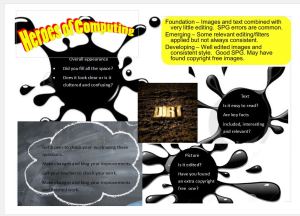
Learning conversations – Lindsey Bennett
The aim is for pupils to have a record of any conversations that take place and feedback in order that they may work impressed independently in lessons. Pupils also have an opportunity to comment on their own progress in the subject.
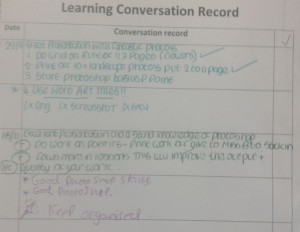
Scatter clues – John Jones
Scatter clues are basically clues to allow students to come up with their own advantages and disadvantages for any topic. These can be varied from the straightforward to the cryptic. Scatter because I present them scattered across a Powerpoint so they are in no particular order.
Origami – Louise Rogers
Pupils must fold up the question sheet into a chatterbox game. There are questions on the out side and answers on the inside. Used for revision tasks for all years. Paper can be edited for any topic.

Christmas Present Delivery – Sharleen Robinson
It is a different take on a Christmas lesson, as apposed to the usually (sometimes!) boring Christmas word search/video. Pupils get given a map, a list of presents to be delivered and a route planner. They must find the quickest time to deliver all of the presents.
functional skills ppKahoot – Katie Main
Create a fun learning game in minutes (we call these ‘kahoots’), made from a series of multiple choice questions. Add videos, images and diagrams to your questions to amplify engagement! Kahoots are best played in a group setting, like a classroom. Players answer on their own devices, while games are displayed on a shared screen to unite the lesson – creating a ‘campfire moment’ – encouraging players to look up. Social learning promotes discussion and pedagogical impact… whether players are in the same room or on the other side of the globe! After a game, encourage players to create and share their own kahoots to deepen understanding, mastery and purpose.
https://getkahoot.com/how-it-works


Name sticks – Hayley Farnell
They have proved very useful in several ways:
1) It stops the same pupils asking/answering the questions all the time.
2) When the name is picked out the question can then be tailored to that pupil.
3) All pupils stay on task and are engaged. They don’t switch off as they don’t know if they will be asked. This enhances progress.
4) They can be used to select random groups.
5) Pupils know that you want to hear all of their responses not just ‘the smart’ kids.
6) Allows the teacher to re-cap or change the lesson to suit current understanding. Enhancing progress.
7) Is a very quick way of accessing pupil progress at any point in the lesson.

Matching exercise – Mike Casstles
This is a matching exercise I use with year 13 on ecosystems. They are required to know many key terms. I use them as a starter but we now have timed competitions to see who is fastest.

Google dictionary – Justin Collis
I use the dictionary facility within google search to define keywords. For example, if a definition of thermoplastic is needed, students will type in define: thermoplastic. This removes all the hassle of looking through different websites for a correct definition.

Guess the word – Kerry Scutter
My idea is called guess the word. In pairs pupils write keywords for the topic on a post it without their partner seeing. The post it goes on the head of their partner and their partner has a maximum of 15 questions to ask to establish the keyword. It is good for a revision lesson. They take it in turns, whoever guesses the most words correctly wins.
Blank Script – Louise Tobias
Here is a ‘blank script’ that I use as a way into improvisation and interpretation.
Notice, it has no character names or stage directions. Students have to provide these. Also, the lines can be divided between characters as they please.
Therefore the interpretation of the script will be different for each group.
Blank Script 2Picture order and question linking – Hester Sievers
We used food resources putting photos/ written instructions of methods into order and link questioning.


Spin-off cranium – Sue Risi
Key Word Cranium.
Do this as a plenary (or starter as a review from previous lessons).
You put key words and / or phrases into a hat.
Students are in teams.
They need to make a spinner (using card and a pencil) for each team. The card is divided into four sections (puppet miming , articulate, draw, act out).
Students then spin it and, if for example, the spinner lands on ‘act out’ then one student has act out that key word or phrase.
Team members have to correctly identify the key word or phrase within the allocated time.
The winning team gets achievement points / merits etc.
Treasure Hunt – Chris Tock
Numbered cards are placed around the classroom. Each card contains a question and on the top of each card is an answer to a question on a different card. The students have to start at one card and follow the trail around the room by answering the question on the card and locating the answer and then answering the question on that card. They record the order of the cards they visit. The image shows the cards which are cut up and place around the room and the student answer card and a completed card.
Patterns in chemical behaviour – Mary Kam
Reactivity play your cards right.Using reactivity series of metals in game format when looking at patterns of chemical behaviour.
Big Venn Diagrams – Bob Pritchard
This is a very simple tool, but very good at getting pupils thinking a little deeper about a topic (higher level thinking skills such as compare and contrast, not just recall).
Our wonderful technician Alison has made me a dozen large (A2) cardboard 3 circle Venn diagrams (see photo).
A few examples of how they can be used;
1. Give pupils a selection of statements (see document attached). The example here is for States of Matter (solid, liquid, gas). Use post-its to give each circle a category, pupils then put statements where they think they belong in the Venn diagram. There should be a few red herrings (that go outside the diagram).
2. With more able (e.g 6th form pupils) you can just give them post-its and get them to come up with their own statements.
It’s reasonable, large scale and tactile, which the pupils like.The fact that pupils aren’t writing it down means they’re less scared of making mistakes, and promotes discussion. They can take a photo of their final diagram (or write it in their books).
SLG Venn statementsThinking cubes – LeRoi Walwyn
Thinking Cubes are a quick, fun and effective way for students to combine thinking skills, assessment for learning and active learning. The green cube is for reflecting their learning, the red one for expressing their learning, and the blue one for connecting to next learning steps.
Taboo – Emma McKevitt
My idea is a descriptive techniques taboo game to improve descriptive writing skills.
Pixl starters – Giles Cadman
At the start of one or two lessons a week a quick out of 10 starter to review previous weeks work. Gives a good indication of understanding.

Investigations – Peter Gorman
Card sort: dependent, independent,control variables.Investigation scenarios: a variety of funny situations concerning popular musician, and celebrities in which class identifies key variables. Plenary: pupils score themselves with a smiley face according to how they feel they have progressed in their learning.
Assessment Review checklist – Stephanie Nelson
A great way for students to self assess their progress. Aspect of the success criteria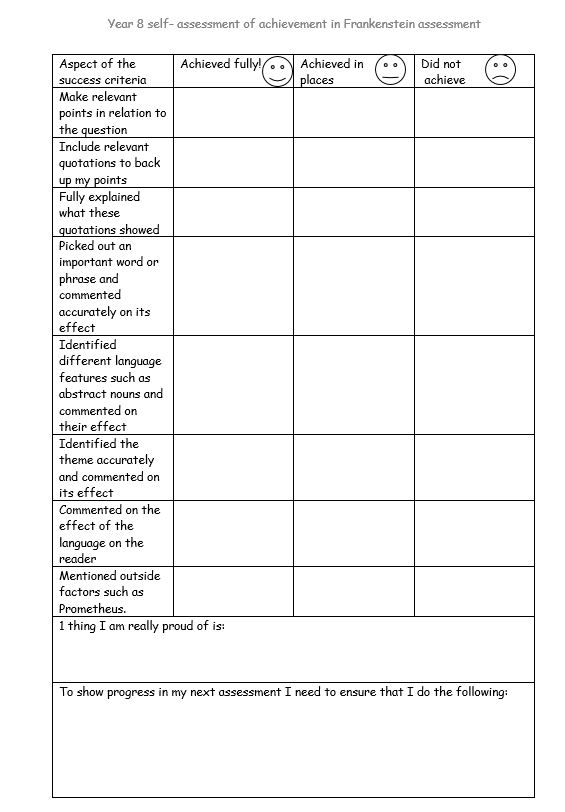
Word games – Alex Hewitt
Improving vocabulary and dictionary with word games. Word games
Big picture of a handball – Nic Collinson
Mine is a big picture. A photo is below.
You put the topic in the centre at the start of a lesson or unit. In the small section around that students write anything they know. At the end of lesson or unit, students add everything they have learned. You could add more circles and use it lesson by lesson within your unit as a plenary.
Connect 4 parallel – Emma Thompson
Pupils work in pairs. Pupils have to choses a picture from the left and find the answer on the right. Pupils play against each other and the fist one to connect 4 in a line wins. Angles-in-Parallel-Lines—4-in-a-Line

Fortune teller origami – Matt Warwick
A fortune teller origami starter testing previous lesson – see below: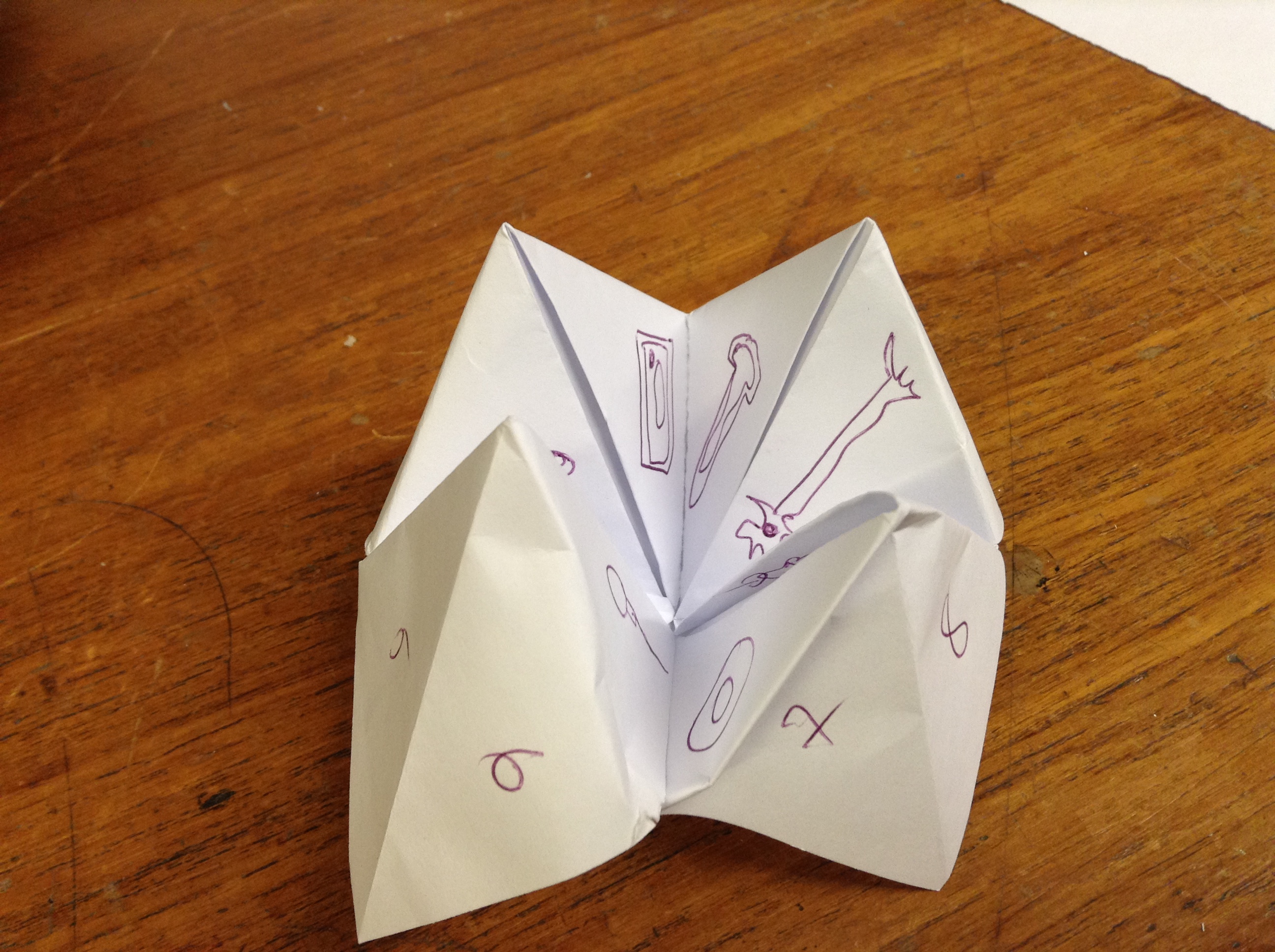
And the Winners are…
1st Place goes to Karen Mitchell with her Starter Scrabble idea. Karen secured 15% of the vote.

Joint 2nd Place goes to Charlotte Burgess for the Medal Challenge
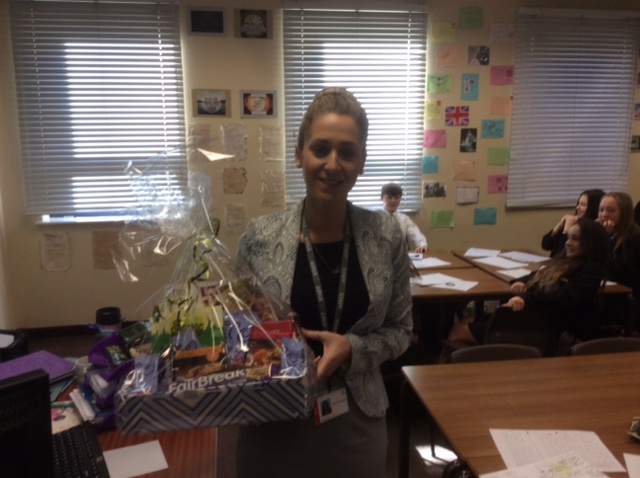
and Nick Waite for his Market place idea.
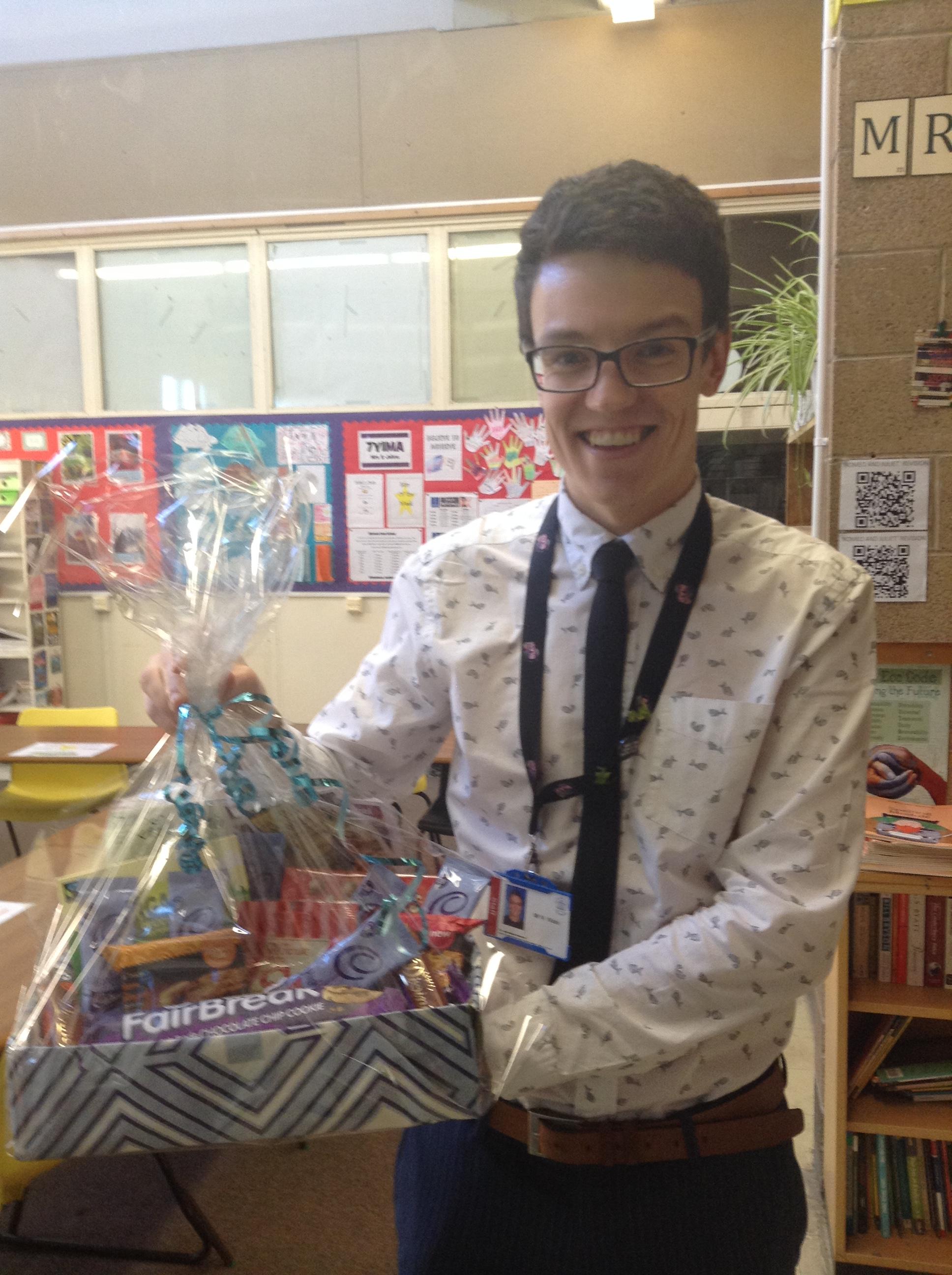
They both received 10% of the vote.
Well done! Prizes will be delivered to the winners soon.



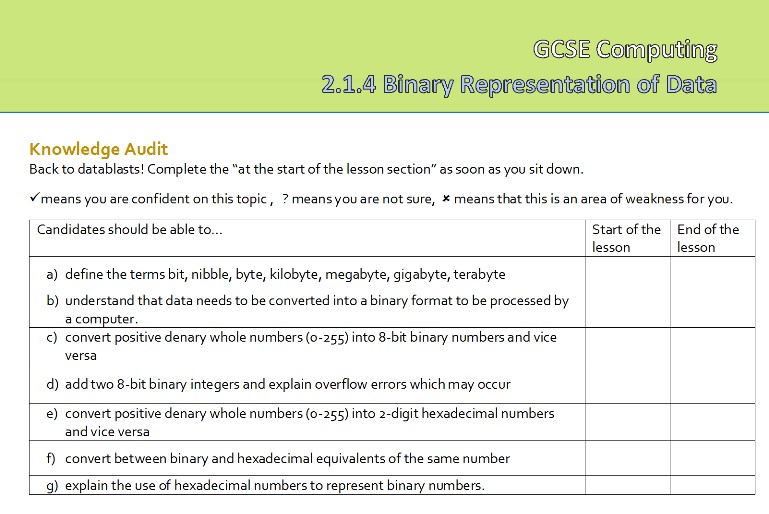



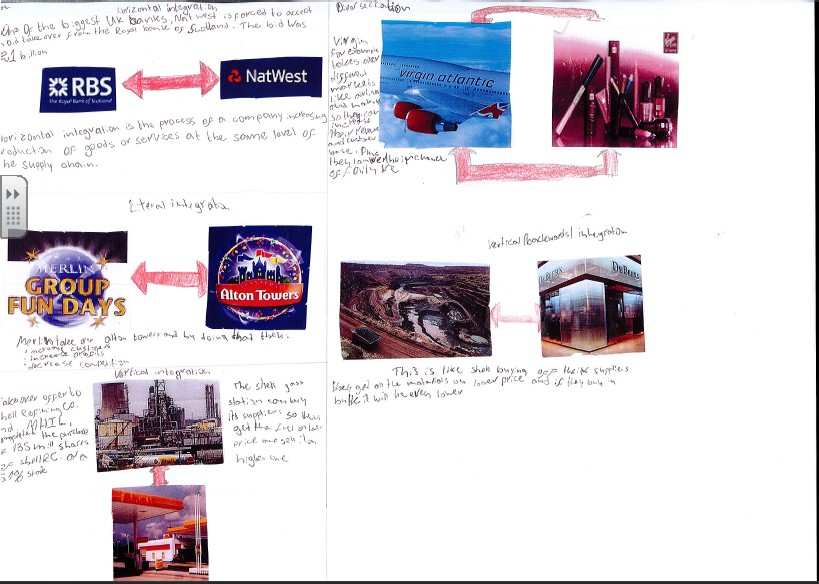





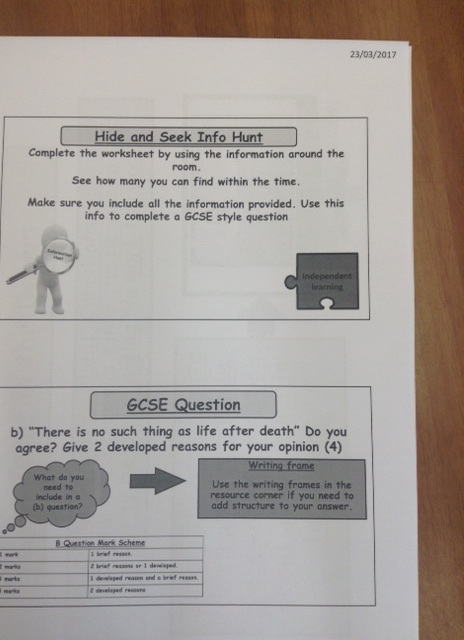
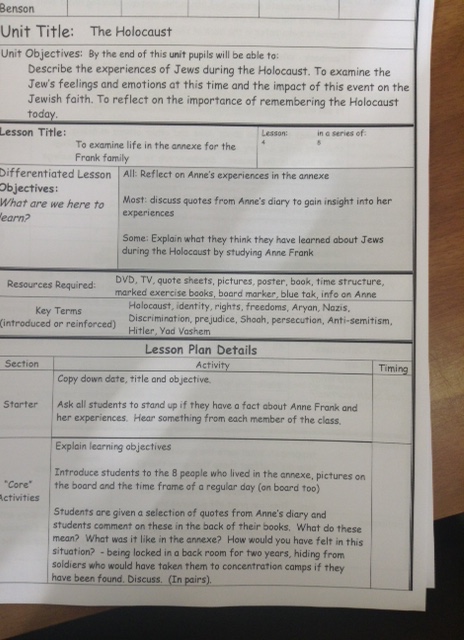

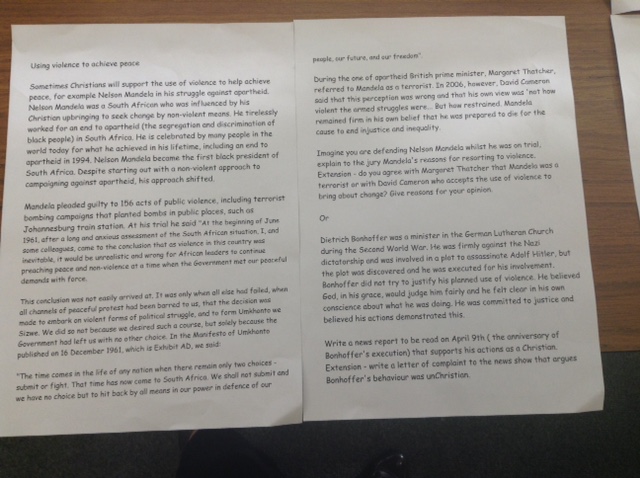
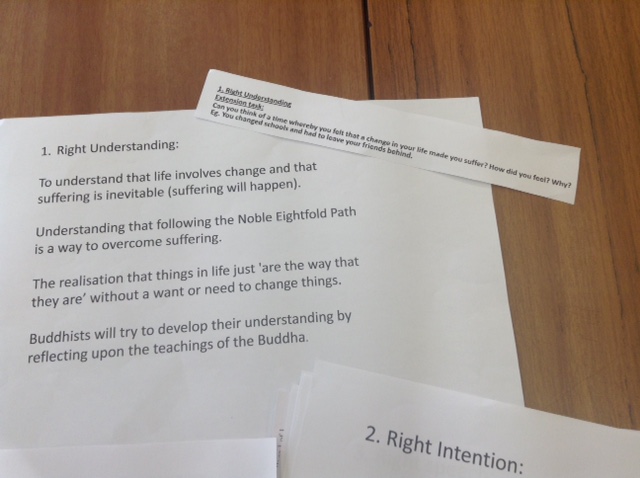















































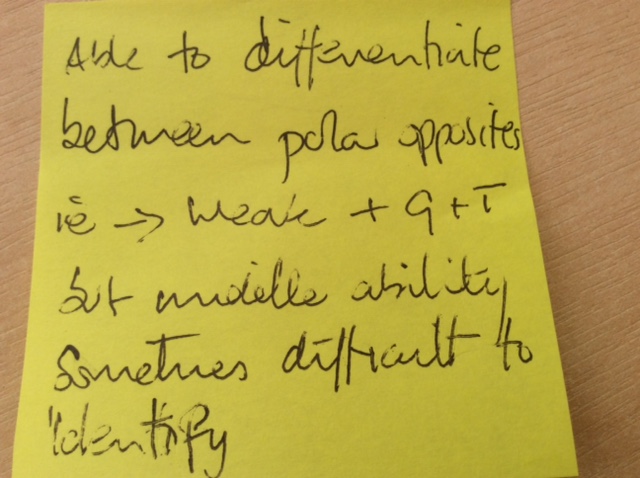


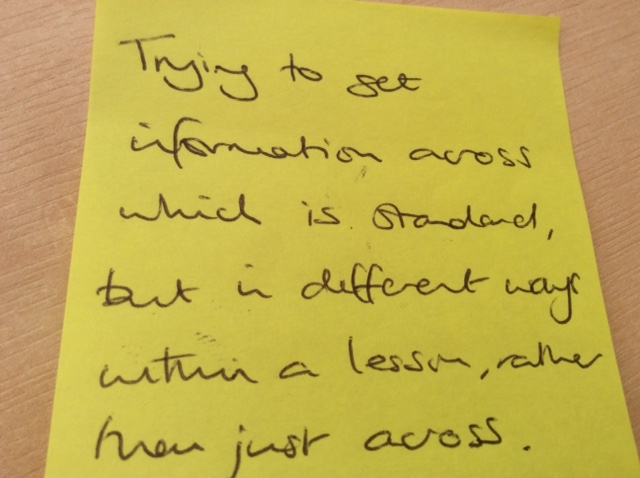




















































































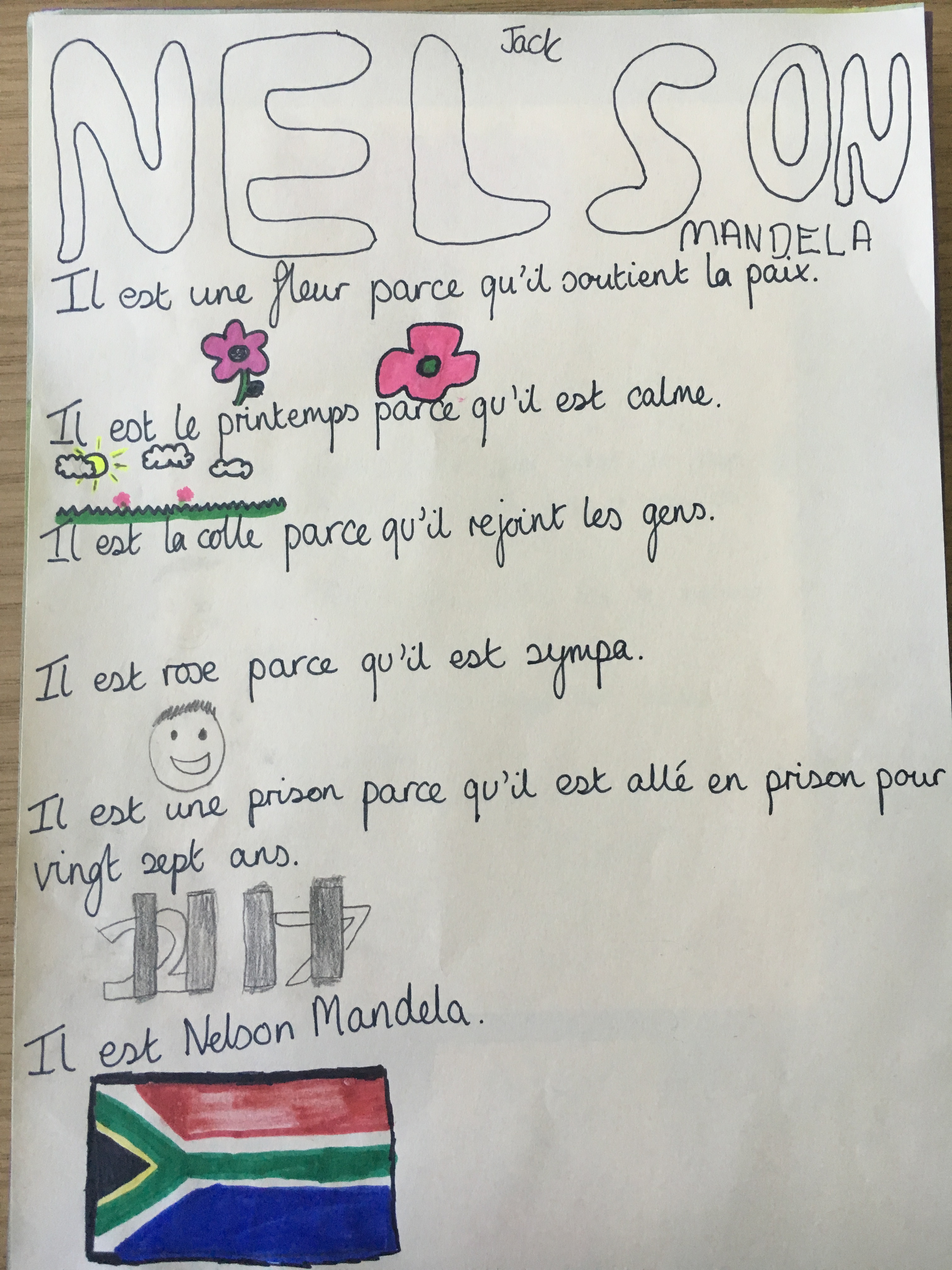









































































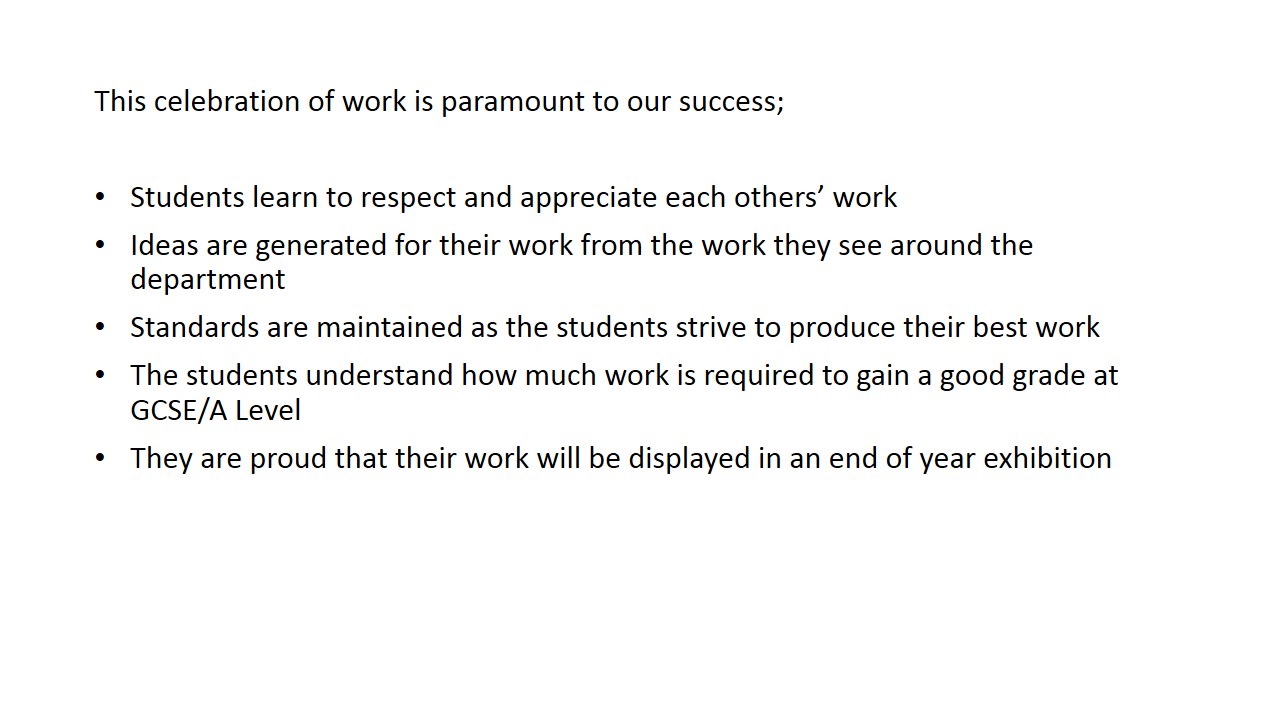







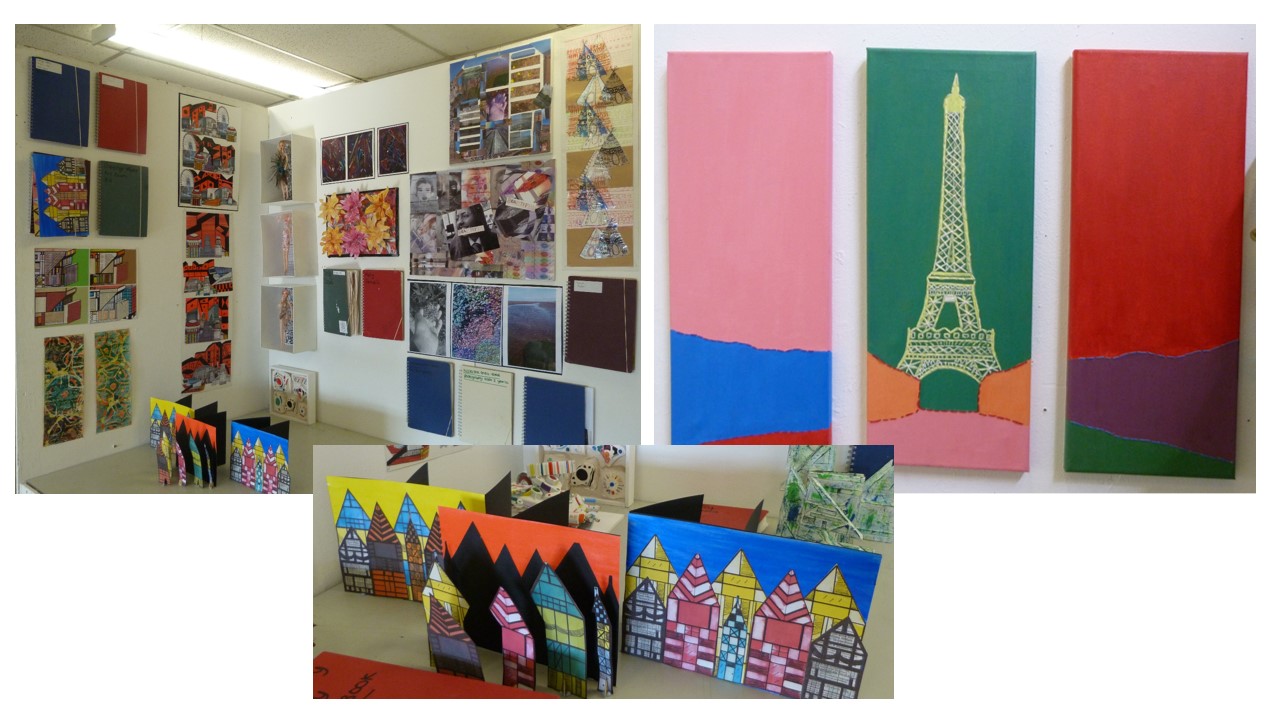


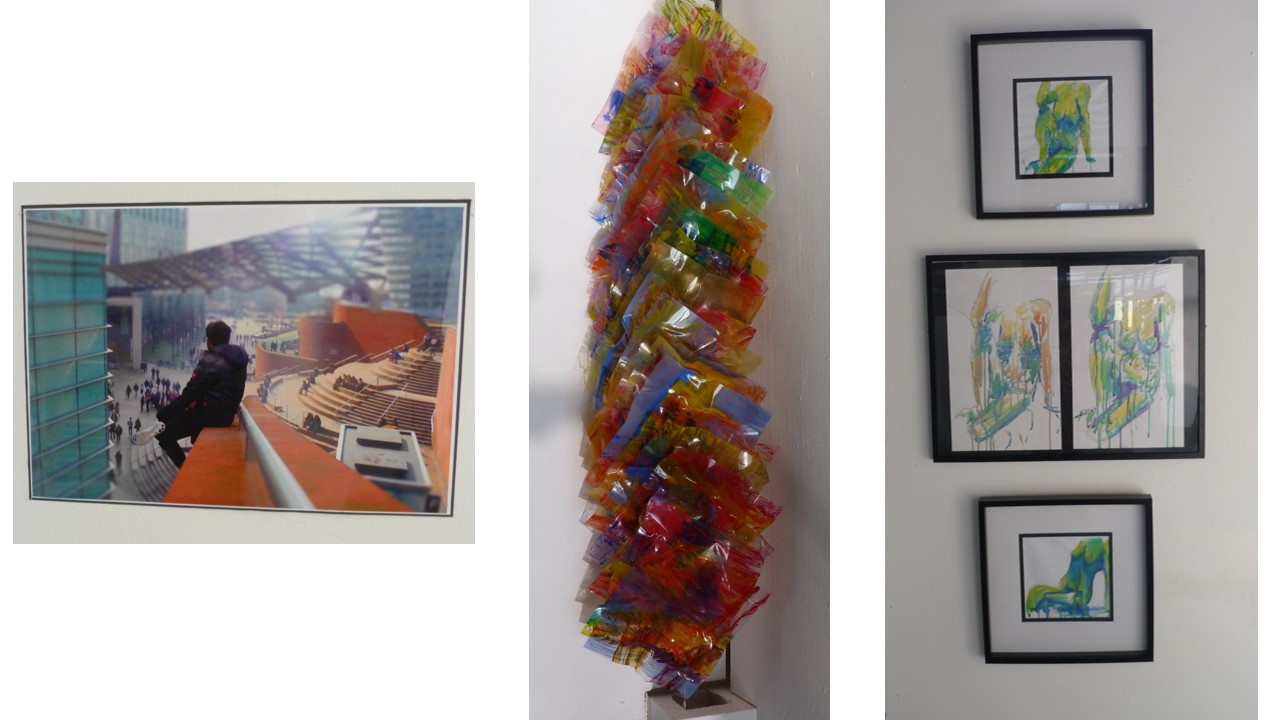

















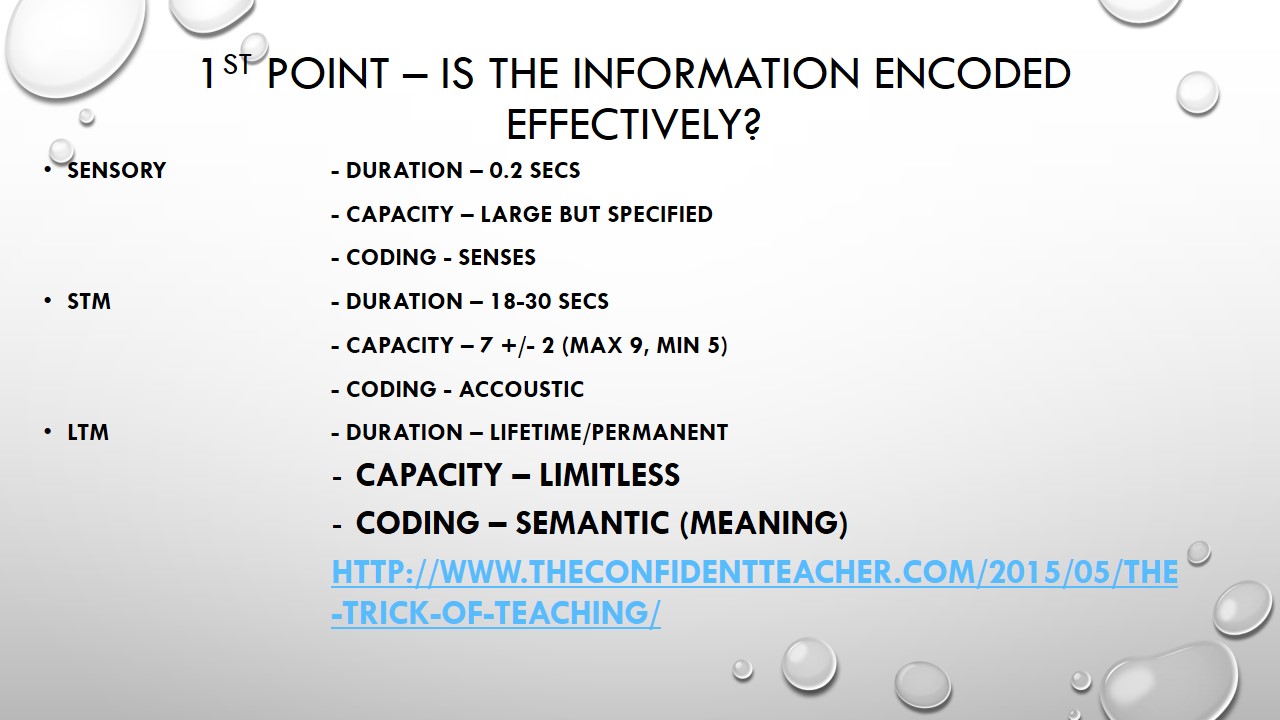
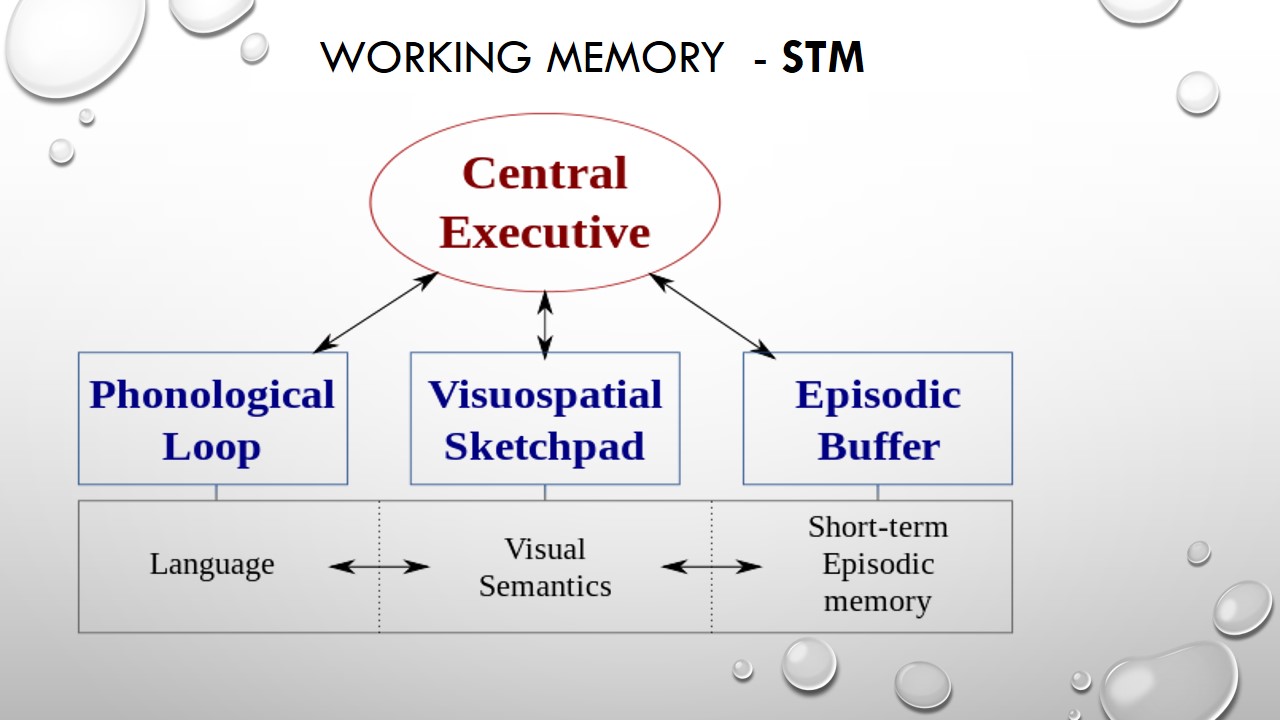

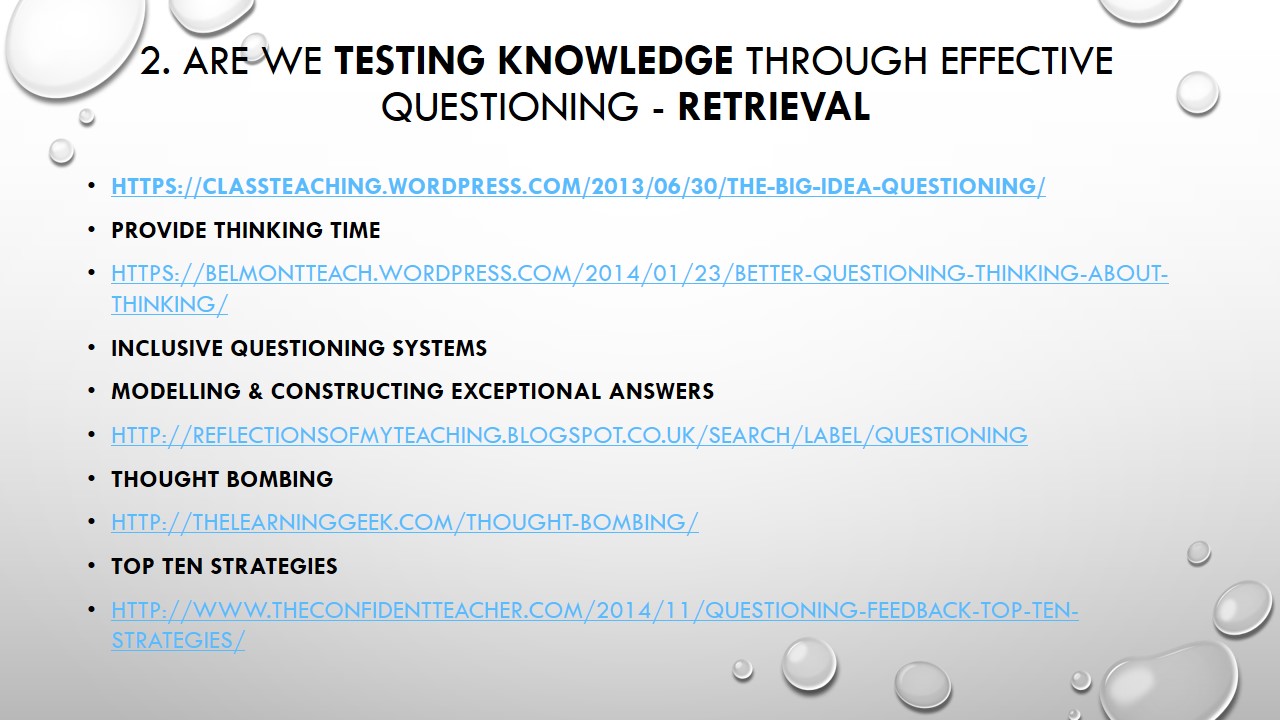
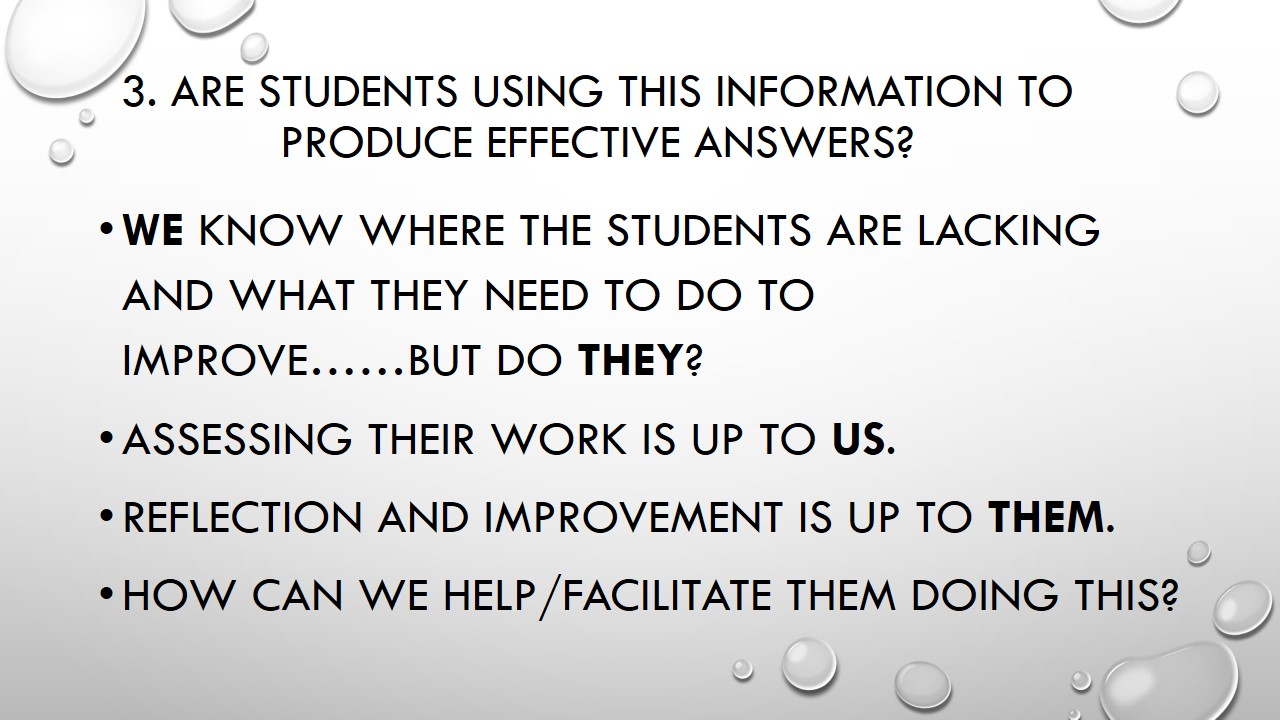








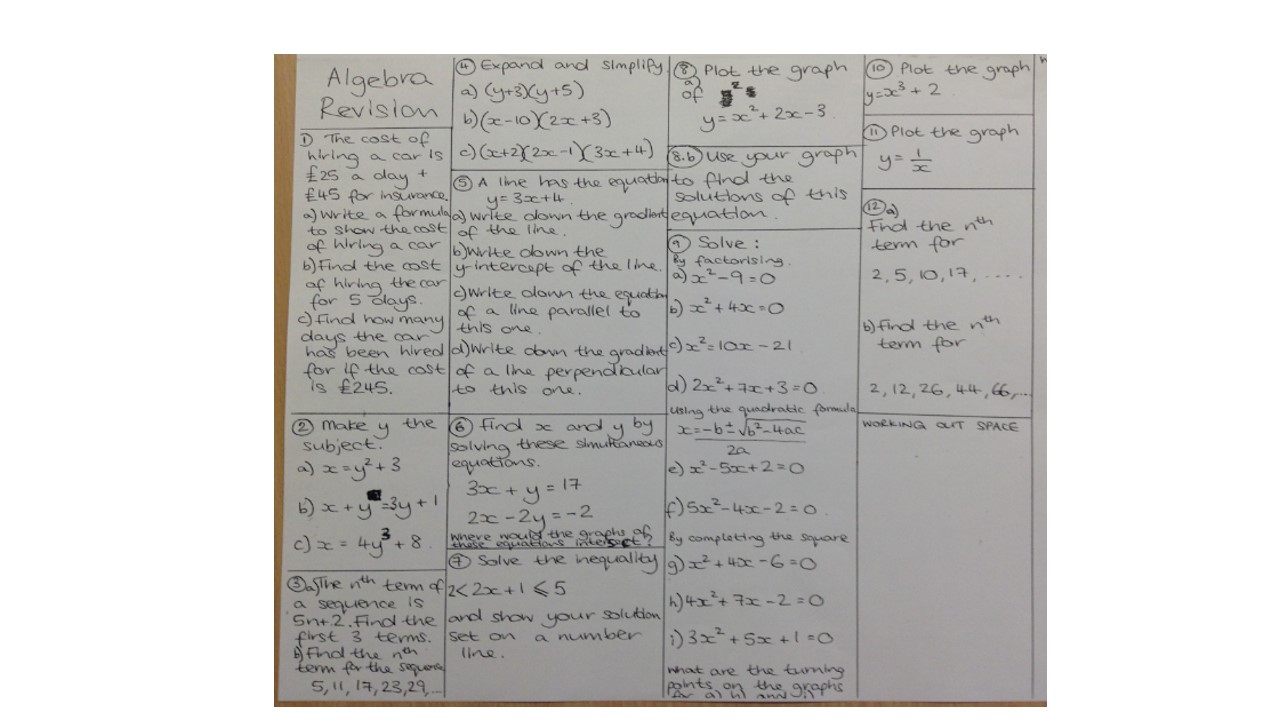










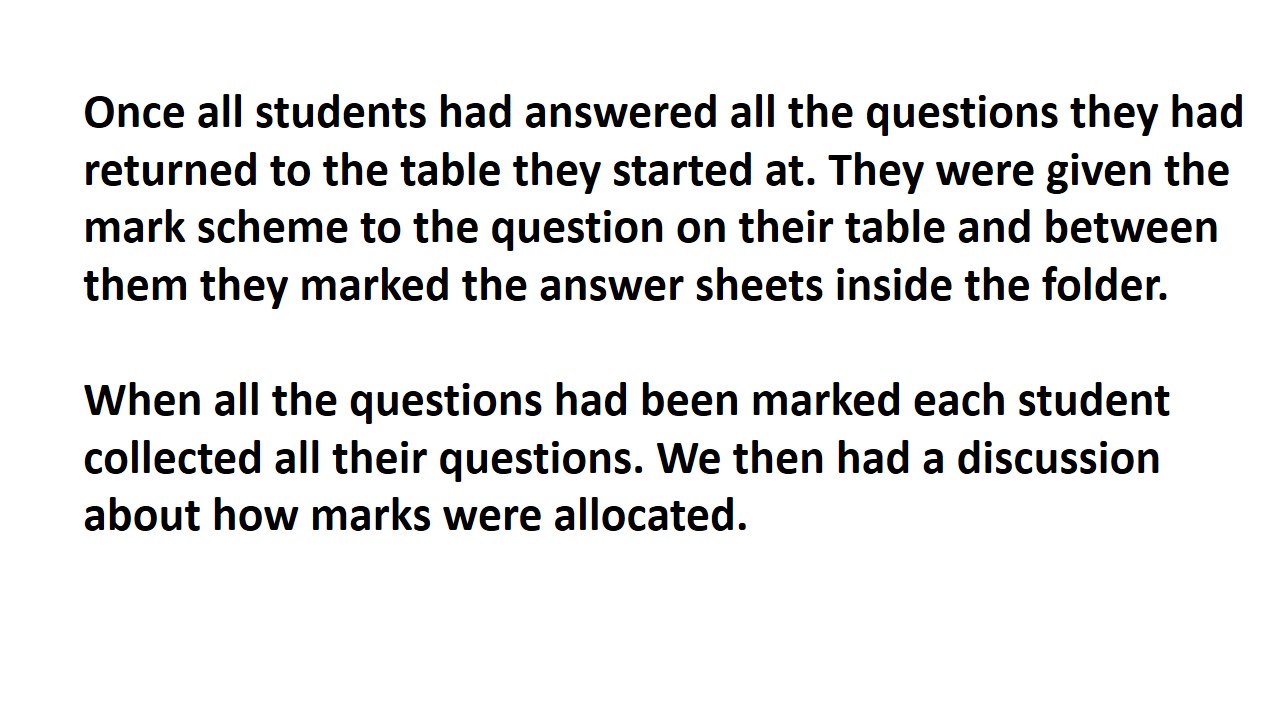
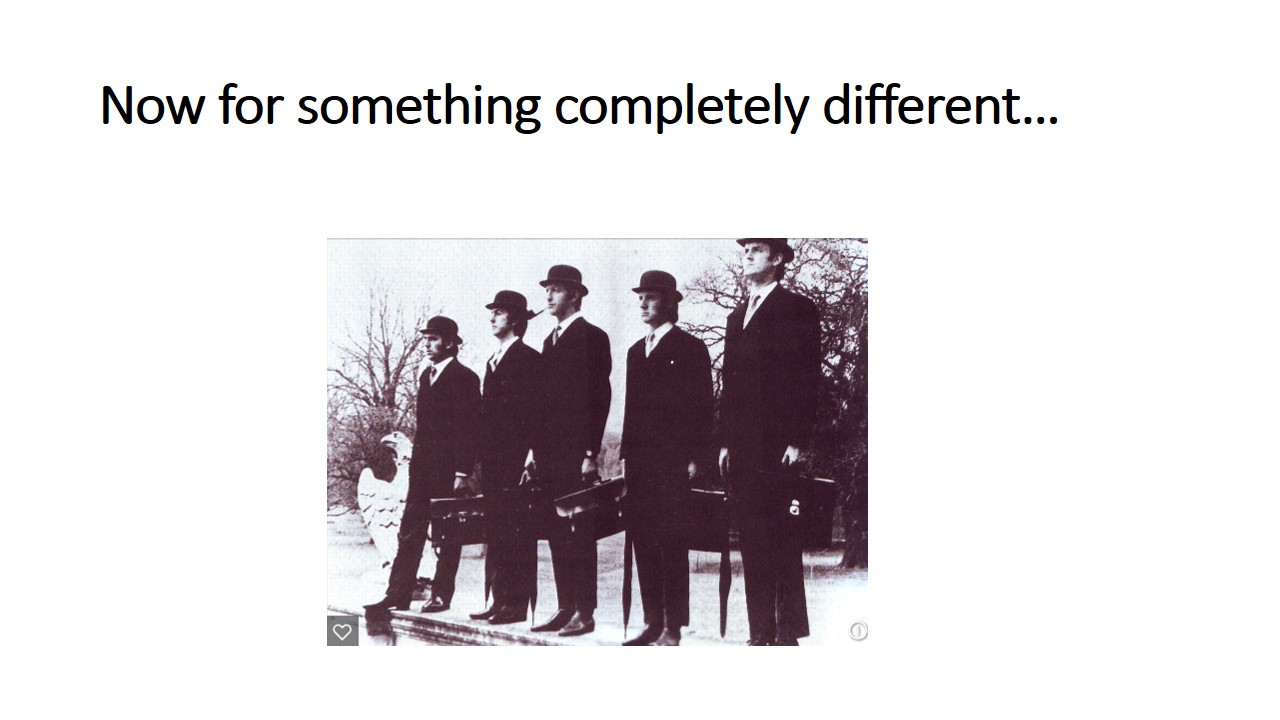





































![image[1]](https://uptonteep.files.wordpress.com/2016/01/image1.jpeg?w=218)
![image[2]](https://uptonteep.files.wordpress.com/2016/01/image2.jpeg?w=240)








































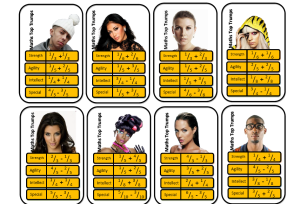

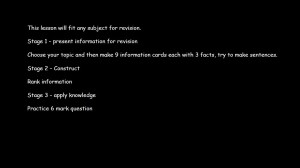













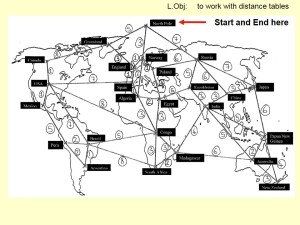







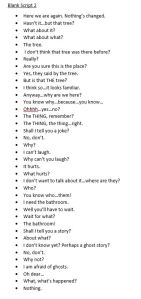


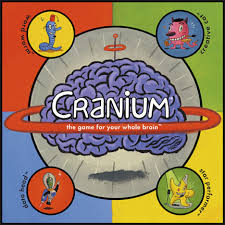















 Upton Display competition
Upton Display competition



